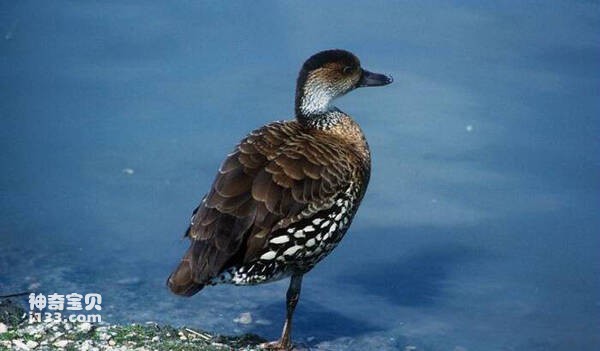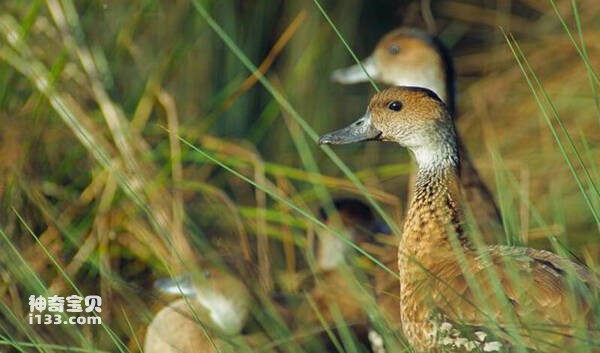Dendrocygna arborea
IUCN
LCBasic Information
Scientific classification
- name:Dendrocygna arborea
- Scientific Name:Dendrocygna arborea,West Indian Whistling-duck,Black-billed Wood-duck,Cuban Tree-duck,West Indian Tree-duck,West Indian Whistling Duck
- Outline:Waterfowl
- Family:
Vital signs
- length:48-56CM
- Weight:No textual research information is available
- lifetime:No textual research information is available
Feature
It's a large, upright, long-necked teal
Distribution and Habitat
It is found in Central America, between North and South America, Including Guatemala, Belize, Honduras, El Salvador, Nicaragua, Costa Rica, Panama, Bahamas, Cuba, Haiti, Jamaica, Dominica, Antigua and Barbuda, Saint Vincent and the Grenadines, Saint Lucia, Barbados, Grenada, Trinidad and Tobago and other countries and regions.
It intakes mangrove and marsh areas, brackish water ponds, wetlands and tidal flats, and also occurs in forest marshes and surrounding plant-covered ponds and streams. They prefer to hide in tall grass or under lotus leaves, and also live in groups on water, but usually avoid open lakes.
Appearance
Measuring 48-56 cm long, the West Indian tree duck is a large, upright, long-necked water duck. Adult duck with black crown and light brown cheeks; Dark brown on back, chest and wings; Abdomen white with black markings; Flank black; A long black beak; Long gray-black legs; Both sexes are similar; The young duck's plumage is dull and featureless.
Details
West Indian tree duck Dendrocygna arborea) West Indian Whistling-duck, Black-billed Wood-duck, Cuban Tree-duck, West Indian Tree-duck, West The Indian Whistling Duck is a member of the Anseriformes family.

The West Indian tree ducks stand upright when they rest, and often a few of them look around from time to time, and take off first when people or enemies are near, followed by other tree ducks, and are extremely alert. Often in groups of a few to dozens of activities and foraging, there are many to hundreds of large groups. It is weak in flight and not as fast as other ducks. Also good at swimming and diving, and diving ability is very strong, a dive up to ten minutes. During the hot day, they often sleep and rest in the reeds or other tall water weeds. When food is abundant and undisturbed, they often inhabit fixed places and generally do not change their habitat or even migrate long distances.

The breeding season of the West Indian tree duck is from May to July. Nest in grass on the ground covered with trees or plants or in reed swamps and tree holes. Courtship and mating take place in the water. Before mating, the male and female ducks swim together. The male ducks continuously dip his beak towards the female, and the female ducks maintain an upright position. The nest is composed of grass leaves and stems, with a diameter of 25cm and a height of 6cm. Each brood lays 8-14 eggs, generally about 10, and the eggs are white. The eggs are incubated by both sexes for 27-30 days.
Listed in CITES Appendix I to the Washington Convention.
Listed in the International Red Book of Birds of the International Union for Conservation of Nature Red List of Threatened Species (IUCN), 2009 list ver 3.1 - Vulnerable (VU).
Listed on the International Union for Conservation of Nature Red List of Threatened Species (IUCN) for 2019 ver 3.1 - Near Threatened (NT). [1]
Listed in Appendices I, II and III of the Convention on International Trade in Endangered Species of Wild Fauna and Flora (CITES) 2019 edition Appendix II.
Protect wild animals and eliminate wild meat.
Maintaining ecological balance is everyone's responsibility!








